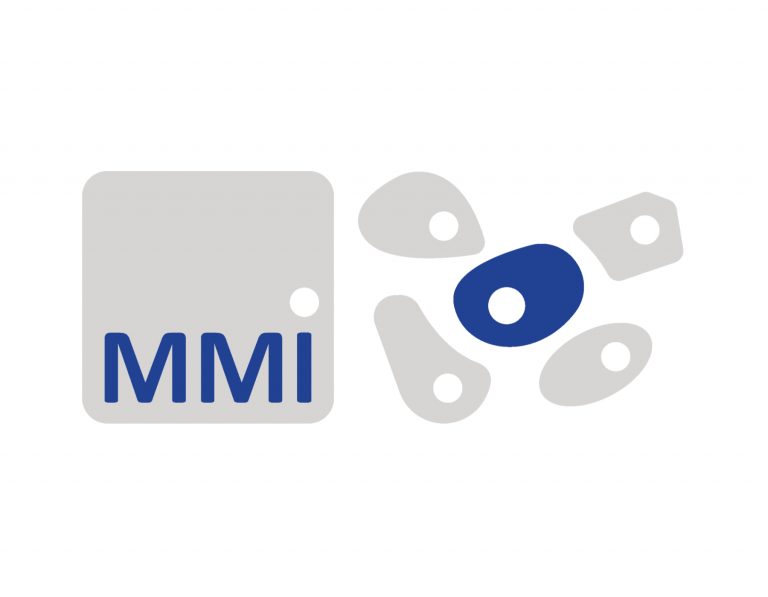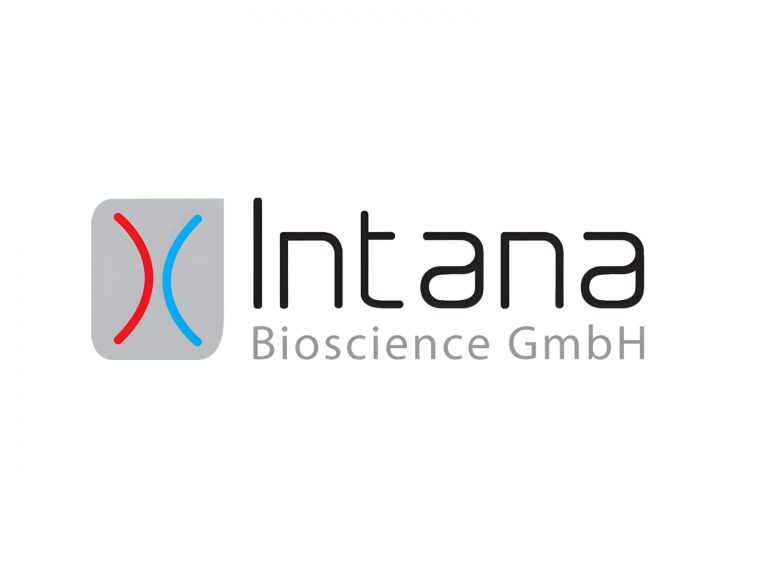The Growing Importance of RNA Sequencing in Drug Discovery
Advanced single-cell technologies, particularly methods such as single-cell RNA sequencing (scRNA-seq), coupled with sophisticated computational tools and the increasing accessibility of public data repositories, are revolutionizing drug discovery and development. These innovations are creating novel avenues for target identification by refining disease understanding through cell subtyping. Moreover, the integration of highly multiplexed functional genomics screens with scRNA-seq is enhancing the credibility and prioritization of targets.
Enhancing Preclinical Models and Drug Mechanisms with scRNA-seq
Additionally, scRNA-seq is facilitating the selection of pertinent preclinical disease models and offering fresh insights into drug mechanisms of action. In clinical development, scRNA-seq holds the potential to optimize decision-making by enhancing biomarker identification for patient stratification and enabling more precise monitoring of drug response and disease progression. This discussion underscores the manifold applications of scRNA-seq methods across pivotal stages of drug discovery and development, while also delving into the persisting challenges associated with their integration into the pharmaceutical industry.
RNA-Seq: A High-Capacity Tool for Comprehensive Transcriptome Analysis
RNA sequencing (RNA-Seq) has emerged as a high-capacity tool for comprehensive transcriptome analysis, shedding light on the expression profiles of numerous genes. This comprehensive data facilitates a deeper comprehension of functional pathways and gene regulatory mechanism
RNA-Seq in Therapeutic Target Identification
In pharmaceuticals, RNA analysis stands out in identifying therapeutic targets, historically a formidable task. Leveraging RNA-Seq, researchers can discern drug-induced alterations in gene expression, expediting target identification by assessing a drug’s global transcriptional impact.
Detecting Fusion Genes in Cancer with RNA-Seq
Moreover, RNA-Seq demonstrates exceptional proficiency in detecting fusion genes exclusive to cancer cells, which arise from the fusion of disparate gene regions, resulting in heightened activity levels of fusion proteins. Various algorithms can identify these fusions within RNA-Seq data, and when integrated with whole-genome sequencing, direct identification of fusion gene coding sequences becomes feasible. This elucidation of fusion genes and proteins offers profound insights into cancer biology, potentially paving the way for targeted therapeutic interventions.
Targeting Aberrant Overexpression and Epigenetic Regulation
While much attention has been directed towards DNA mutations, amplifications, and fusions in target discovery, aberrant overexpression and epigenetic regulation have emerged as fruitful avenues for targeting. These encompass genes pivotal in driving tumor growth (e.g., ER) and evading the immune system (e.g., PD1), alongside tumor-associated antigens (TAAs, e.g., TROP2 in Trodelvy, Nectin-4 in Padcev) that exhibit specific expression in tumors compared to healthy tissue. Novel biologic and immune therapies directed at TAAs encompass antibody-drug conjugates, bispecific antibodies, and vaccines. These therapies hinge on targets overexpressed in tumors, often detectable by RNA-Seq rather than DNA-Seq. Numerous genes conventionally associated with genetic alterations often display significant overexpression (e.g., HER2, MET, KRAS, EGFR) in wildtype, non-amplified tumors, suggesting the existence of an additional patient cohort. Even within mutant tumors, a spectrum of expression is frequently observed, which might influence response. For instance, KRAS mutant tumors typically exhibit higher KRAS expression than WT tumors, indicating epigenetic mechanisms favoring upregulation of mutant alleles.
Uncovering Drug Resistance Mechanisms with RNA Analysis
Drug resistance poses a significant challenge in healthcare, diminishing the efficacy of numerous treatments over time. In combating this, RNA analysis assumes a pivotal role by uncovering the microRNAs (miRNAs)—a category of noncoding RNA regulating gene expression—involved in drug resistance development. MicroRNA sequencing (miRNA-Seq), a subtype of RNA-Seq, enables the identification of millions of small RNA sequence tags, facilitating a systematic evaluation of miRNA expression. Through comparative analysis of drug-resistant and non-resistant cell expression profiles, researchers can discern the miRNAs implicated in drug resistance evolution. This knowledge not only provides insights into underlying mechanisms but also pinpoints potential targets for innovative therapeutic strategies aimed at surmounting resistance hurdles and elevating treatment efficacy.
Innovations in RNA Analysis: DRUG-Seq and Long-Read Sequencing
The field of RNA analysis continues to advance, heralding innovations poised to propel pharmaceutical research forward. Among these, noteworthy discoveries include the advent of digital RNA with perturbation of genes (DRUG-Seq) and long-read sequencing technologies. DRUG-Seq stands as a high-throughput RNA-Seq method deployed in drug discovery, empowering researchers to garner an unbiased profile of the entire transcriptome while reducing hands-on time and costs. This achievement is realized through multiplexing, wherein numerous libraries are pooled and concurrently sequenced, thereby minimizing the expenses and labour associated with library preparation. The resulting data holds the potential to furnish invaluable insights into a drug’s mechanism of action and its potential off-target effects, thereby further streamlining the drug development pipeline.
RNA-Seq: A Cornerstone of Modern Drug Discovery
Today, RNA-Seq is a potent and indispensable tool in drug discovery, offering profound insights into gene expression and regulation. As researchers persist in harnessing its capabilities, we anticipate a surge of targeted and personalized therapies poised to enhance patient outcomes across a spectrum of diseases.
Recommended Companies
More Headlines







